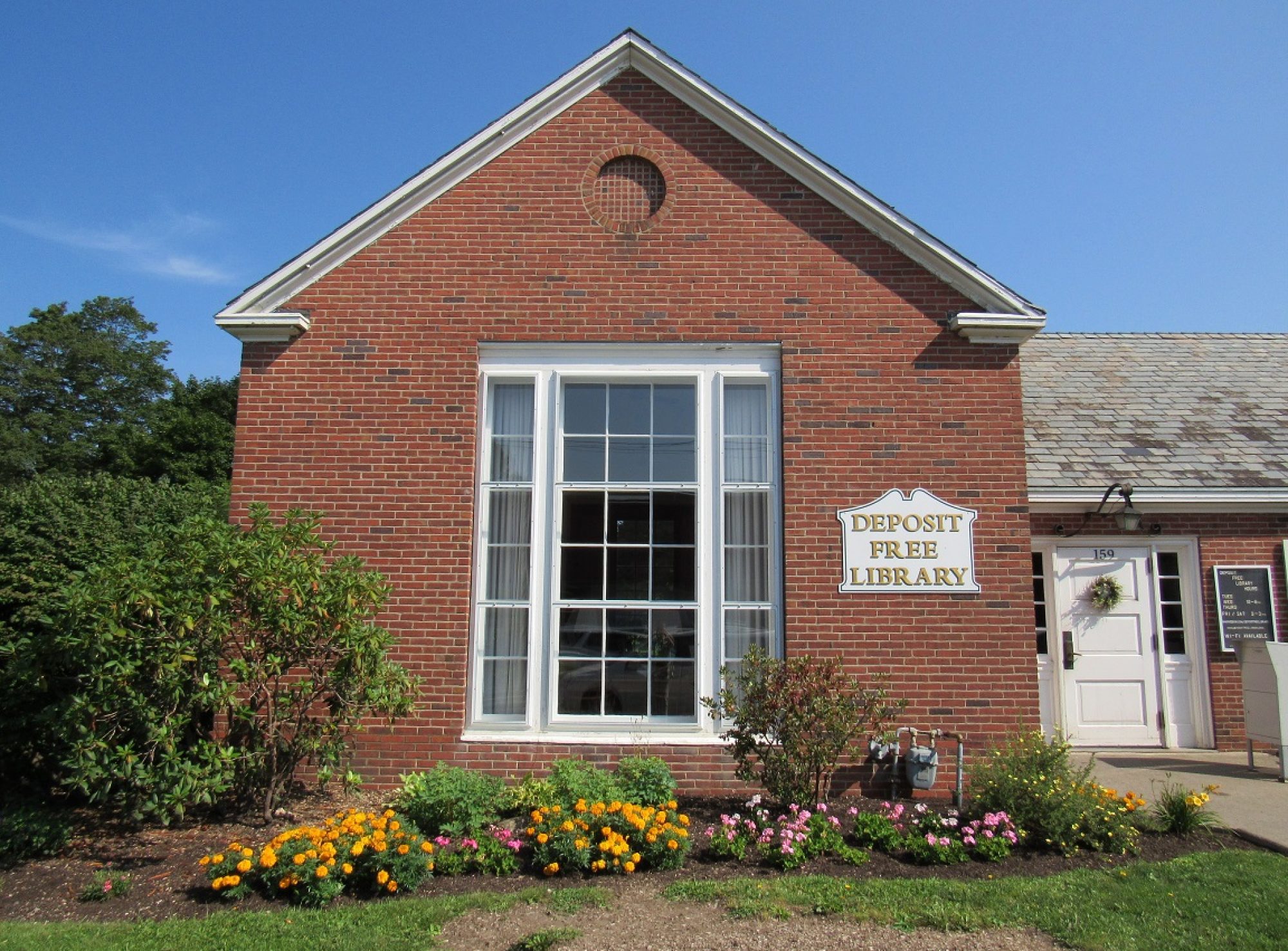Just eight years after the grand opening, the Deposit Free Library was outgrowing its home above Smith’s Pharmacy. The two rooms could not hold the growing volume of materials. The solution to this problem came from a local benefactor named Clark H. Minor. The story of the Deposit Free Library wouldn’t be complete without telling Minor’s story, as he was the driving force behind the construction of the current library building. Clark Minor was a native son who made good. He was born in Deposit, lived here through his boyhood, and graduated from Deposit High School. He continued his education at Worcester Academy and graduated from Hamilton College in 1902.
Upon his graduation, Minor was hired by the Western Electric Company. He advanced rapidly through various positions and into the international equipment field. When World War I broke out, Minor was manager of the Bell Telephone Company in Antwerp, Belgium. In 1917 he traveled to China and organized the China Electric Company, Ltd. He returned to America in 1924 to join the International General Electric Company. By 1925 he was serving as its President. He was director of several foreign subsidiary companies and gave technical and financial advice on many of the important electrical and hydro-electrical ventures of that era. Minor was decorated by five foreign governments for his outstanding services in public utility planning and development.
Although he held a high-profile position in the business world, Minor was also very interested in art. He owned an extensive collection of art and taught himself to sculpt. In 1938, seven of Minor’s pieces were featured in an exhibition at New York City’s Studio Guild Galleries. The Deposit Free Library is home to a scrapbook of Minor’s sculpting career, as well as examples of his work. The bronze bas relief of Minor that graces the library’s fireplace mantel was a self-sculpture.
By the 1930s Clark Minor was a successful, globe-trotting industrialist. Although he had moved well beyond his humble beginnings in Deposit, New York, he still held fond memories of his boyhood there. Minor also owned the Oquaga Press, Deposit’s largest industry at the time, and was chairman of the Deposit Courier Company.
Clark Minor had been an ardent supporter of the Deposit Free Library from its beginning. An avid reader in his youth, he remembered his disappointment in the limited number of books available in Deposit’s school library. When he learned of the library’s need for more space, Minor offered to assume all the costs of constructing a new building. However, he also felt strongly that the community should be involved, so he proposed a deal. If Deposit’s citizens could raise the money necessary to purchase a site, he would bear the costs of building and furnishing the building. Minor felt the people of Deposit would have a better sense of ownership in the new library building if they raised the site funds themselves. Because of that decision, the library property today belongs to the Deposit Free Library Association rather than to the Village of Deposit.
Library trustees wasted no time in accepting Minor’s generous offer. Architect Victor Civkin of New York City drew up building plans. Minor, Civkin, and lbrary trustees considered several sites. The Front Street property they chose was selected largely for its central location and its eight large elm trees. Minor and Civkin were so delighted with the magnificent trees that the contract of sale stipulated they could not be destroyed. The library building was designed to leave the 200 year-old elms intact.
Following site selection, library trustees enlisted the local Boosters’ Club to help them raise the site’s purchase price of $2,200. The Deposit Courier waged a vigorous publicity campaign, residents were asked to subscribe whatever they could afford, and letters were sent to former Depositonians asking for support. In just over a month, the funds were raised.

